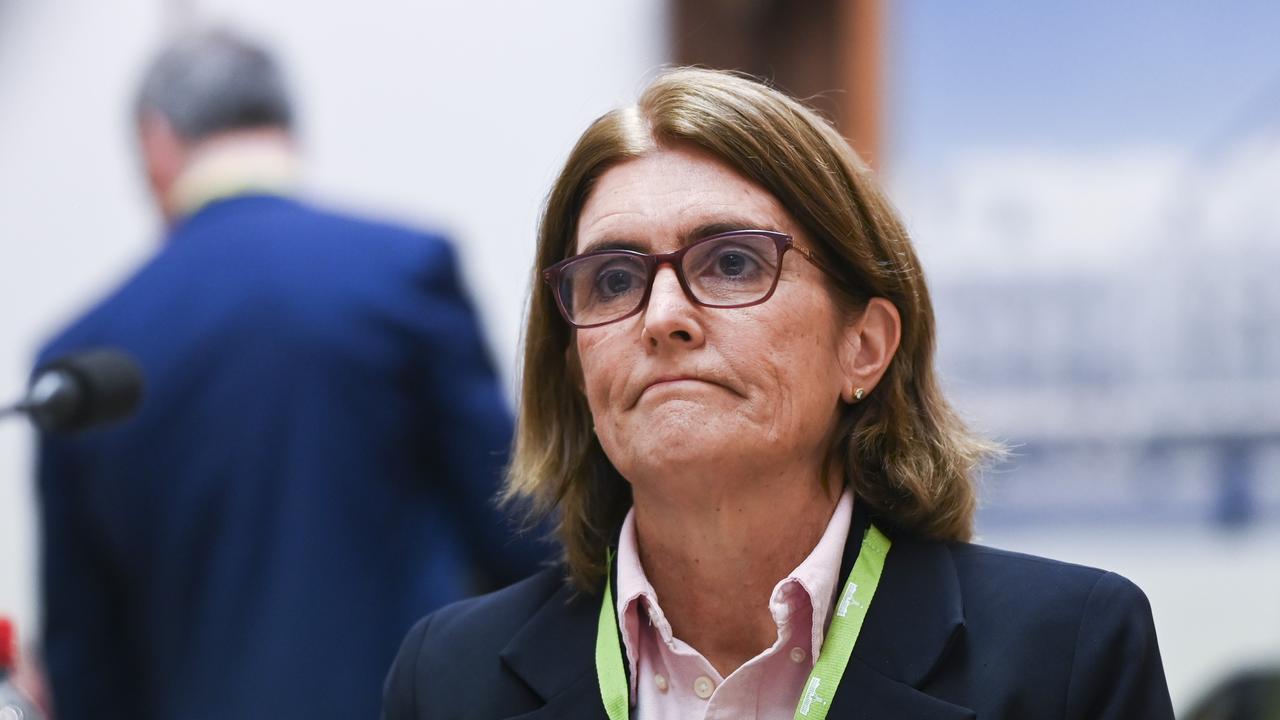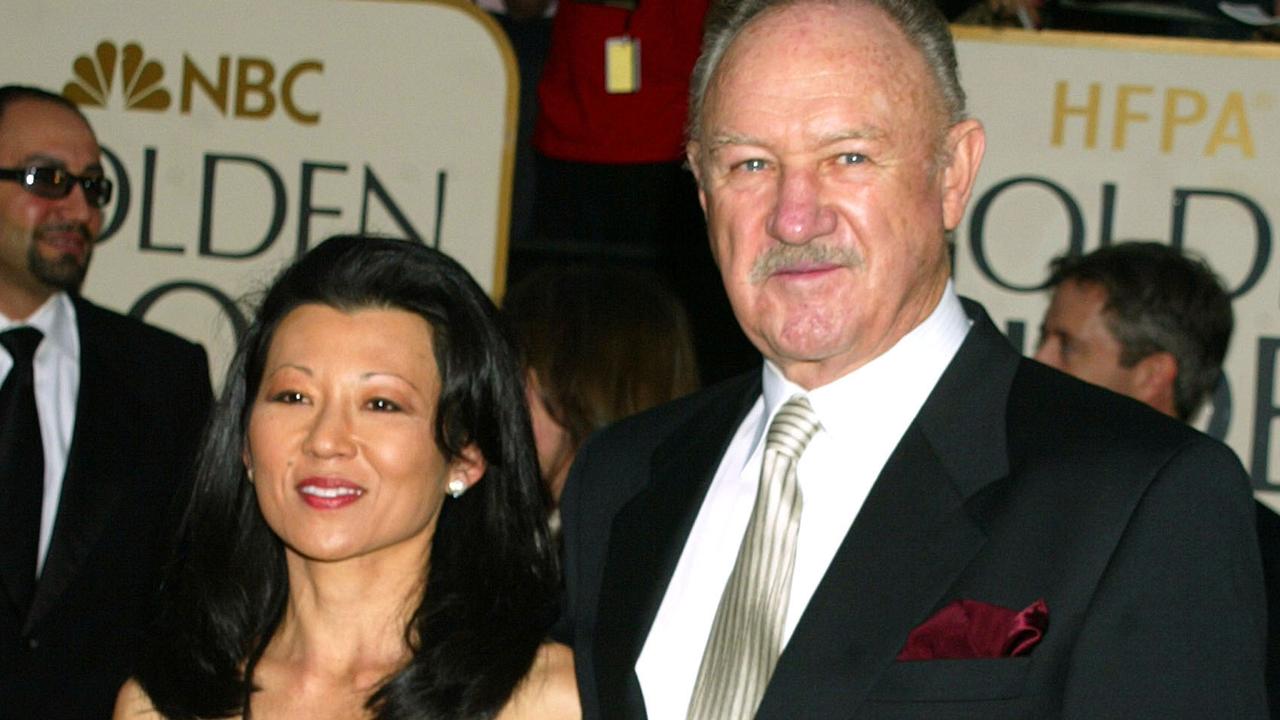Why early interest rate cut might not happen
Optimism of an interest rate cut as early as May appears to have been premature, with new government data lowering the prospect of early relief for mortgage holders.

Australia’s job market showed an impressive recovery last month, catching economists off guard and signalling a potential delay in interest rate cuts by the Reserve Bank.
Australian Bureau of Statistics data published this week showed a staggering 116,500 jobs were added in February, which was nearly three times higher than the anticipated increase of 40,000.
Both full-time and part-time positions saw significant growth, with full-time roles rising by 78,200 and part-time jobs by 38,300.
MORE: Rare look into Nathan Cleary’s ‘chilled’ home life
This surge in employment drove the unemployment rate down to just 3.7 per cent, a notable decline from the previous month’s 4.1 per cent, and well below economists’ forecast of 4 per cent.
There was also an increase in the participation rate, which measures the proportion of Australia’s working-age population either employed or actively seeking employment.

It reached a near-record high of 66.7 per cent, according to seasonally adjusted figures, which further contributed to the stronger employment figures.
The unexpected strength in Australia’s job market has sparked debate among economists and policymakers regarding both the likely and appropriate course of action for monetary policy.
Ray White chief economist Nerida Conisbee said the stronger labour figures would give the Reserve Bank pause for thought.
MORE: Aussies reveal shock amount they have in bank
Were inflation to come in at over 3 per cent in the March quarter, the labour figures may give the Reserve Bank reason to hold off cutting rates until much later in the year, Ms Conisbee said.
“The bigger problem for the Reserve Bank will be if economic growth grinds to a halt, even with a buoyant jobs market. The RBA may want to wait for more data to come out,” she said.

NAB head of market economics Tapas Strickland told media that better than expected labour market data could push back prospects of a near-term rate cut.
MORE: Crazy way 8yo earned $170k
Reserve Bank Governor Michelle Bullock this week refrained from specifying a target unemployment rate for considering interest rate adjustments.
After this week’s RBA board meeting, where the cash rate was kept at 4.35 per cent, she noted that “the unemployment rate is something that is mechanically going to rise as the economy slows”.
Reserve Bank forecasts predict the unemployment rate will rise gradually, reaching 4.3 per cent by year’s end.
Originally published as Why early interest rate cut might not happen




